ArcGIS Pro 2.7 is now available with many new capabilities in the ArcGIS Pro SDK for .NET.
Pro 2.7 is a significant release for the SDK with several new API areas and many enhancements to existing APIs. Pro developers will find many new opportunities to support and streamline organizational workflows with custom tools built with the SDK.
Here are some of the highlights of the release with links to new documentation and resources.
New APIs:
Device Location
Pro’s new Device Location API provides the ability to connect to GNSS (Global Navigation Satellite System) devices, such as GPS receivers, and manage those device connections within your Pro add-ins. You can also control visualization of device positions, as well as collect data and create new features.
The Device Tracker community sample with a custom dockpane for working with GNSS device connections and data:
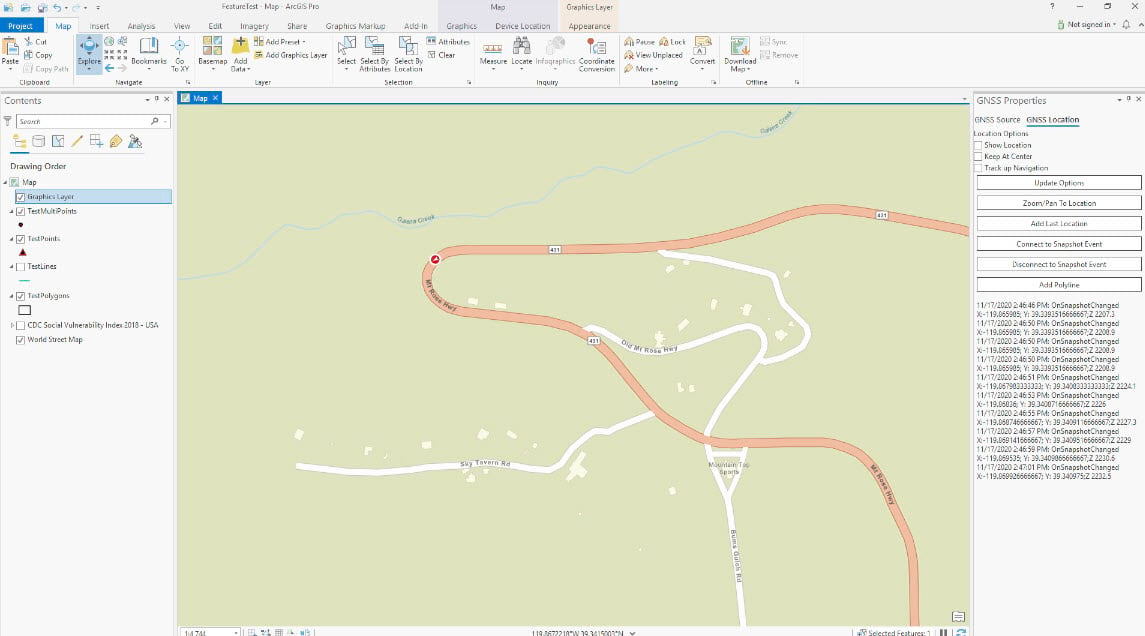
You can learn more in the new section in the ProConcepts Map Authoring document, along with code snippets for many of the standard approaches for working with GNSS device data. There’s also a new community sample available for you to try and incorporate into your work.
Parcel Fabric
After being in pre-release for the past year, the Parcel Fabric API is now fully released and supported at 2.7. The API allows users to create parcel editing tools, develop record- and quality-driven workflows, and also manage parcel seeds, parcel types and parcel fabric records.
The new Parcel Fabric API community sample showing a custom dockpane for importing of plat data:
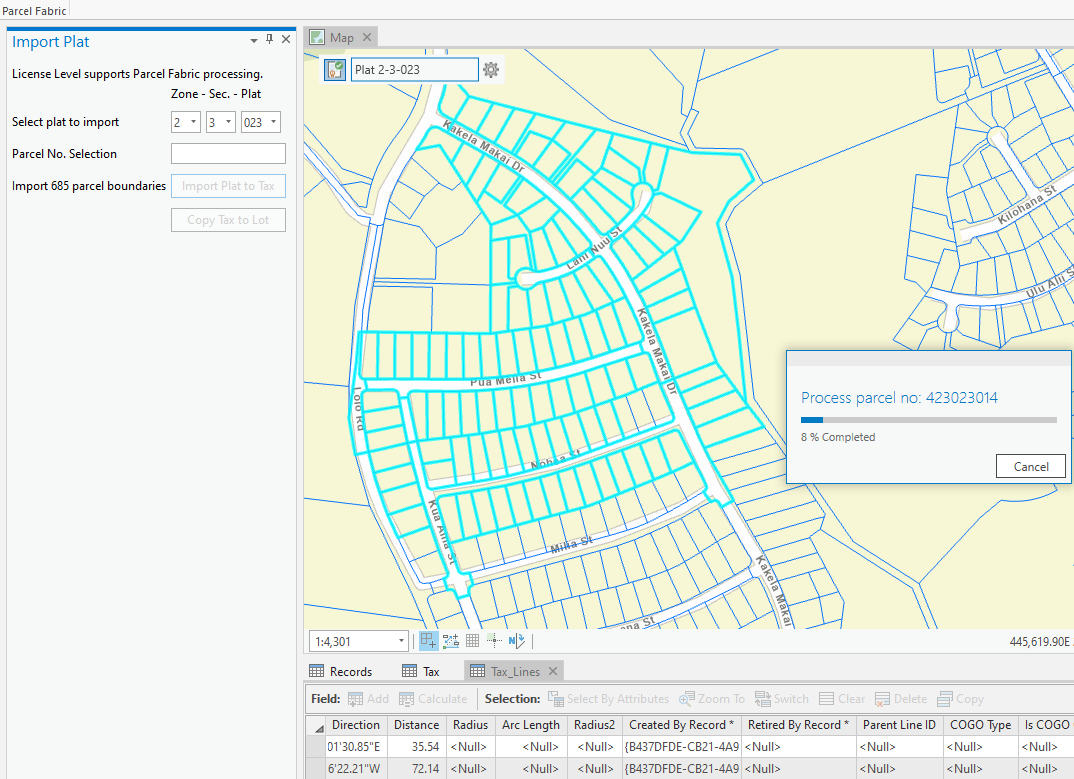
You can learn more about the capabilities in the ProConcepts Parcel Fabric document, and find code snippets for many standard coding tasks. There’s also a new community sample available for you to see how the API works.
Topology
The new Topology API available with 2.7 allows developers to explore and manage topology rules, errors, validation and the topology graph for geodatabase and service topologies.
The new CoreHost Topology API sample showing exploration of a geodatabase topology through a console application.
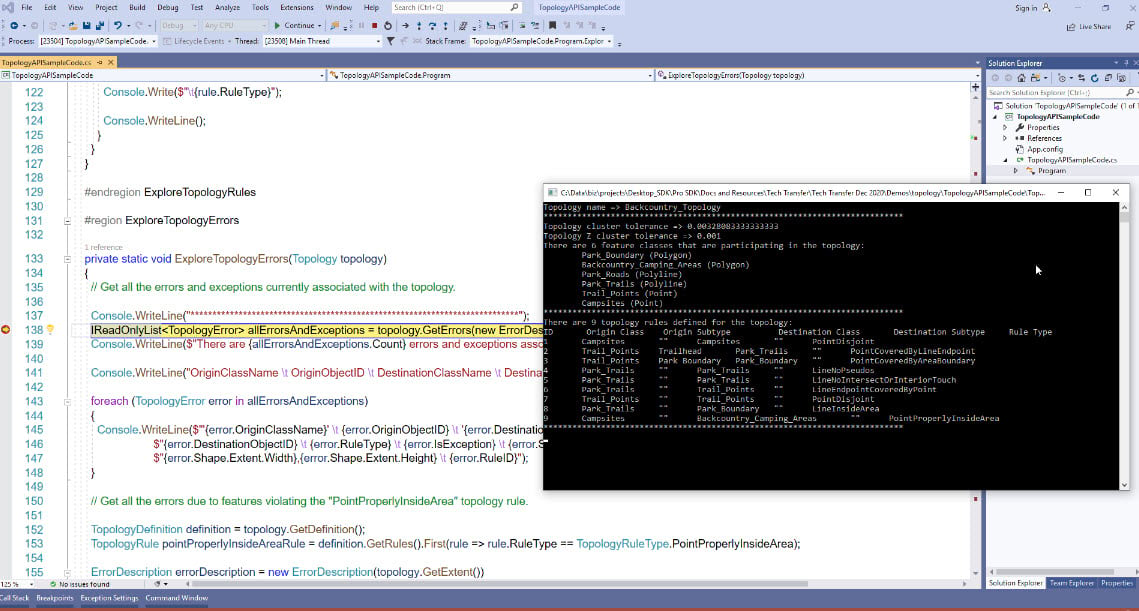
You can learn more in the code snippets and try the new community sample and include the code in your own project.
Voxel Layers
With the new Voxel Layers API available with 2.7, developers can create and manage voxel layer slices, sections and isosurfaces, control voxel layer lighting and rendering.
An example of creating a series of vertical sections with the voxel layers API:
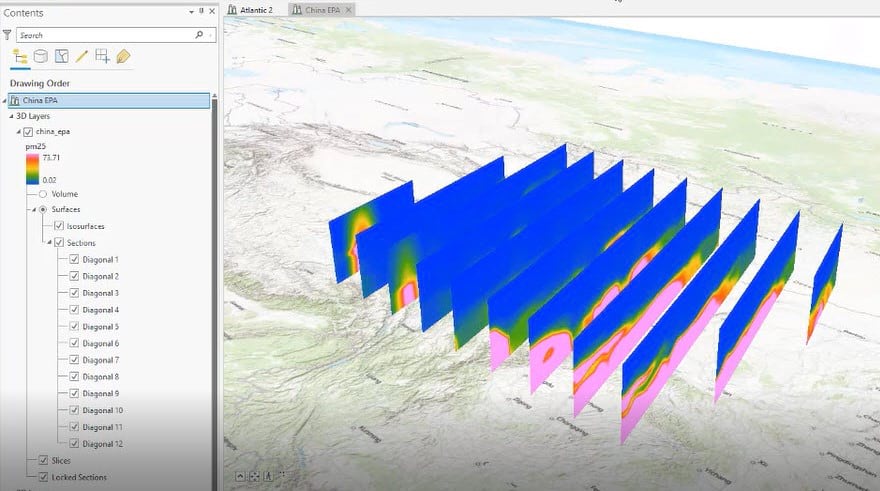
You can learn more in the ProConcepts Voxel Layers document, and also find an extensive collection of code snippets for many tasks. There are also new community samples available for you to see how the API works.
Existing API Enhancements:
As with each release, there’s also been updates to many other Pro APIs and capabilities in the SDK at 2.7. Here are some of the main enhancements.
Layouts
The Layouts API has several new enhancements to allow developers to take advantage of bulk element creation, view page transformation, and the grouping and ordering of graphic elements in layouts. You can find out more in the ProConcepts Layouts document.
Reports
In Pro 2.7, there is now enhanced ability to create, modify and export reports. Report elements can be added to a report. Report elements can be static, such as title or column header text, or dynamic, such as field values and statistics, chart frames, dynamic pictures, or attachments. Dynamic elements can update with each report record or groups of records. There is a new ProConcepts Reports document to help you learn about and try the new functionality, as well as code snippets and a community sample to try out and incorporate into your work.
Geodatabase
The Geodatabase API has several enhancements including a pre-release of the Geodatabase DDL (Data Definition Language) API for schema creation. Developers will now be able to test creating and deleting of tables and feature classes. Traditionally, developers have used geoprocessing tools for geodatabase schema creation, and with the pre-release developers will be able to test the API to get a preview of how it will work in the full release which is planned for 2.8. There is a new ProConcepts DDL document to help you get started.
Another enhancement is support for geodatabase version partial posting which allows developers to post a subset of changes made in a version. This functionality will work with branch-versioned feature services running with ArcGIS Enterprise 10.9, which will be released in early 2021. You can find a new section on this in the ProConcepts Geodatabase document.
Editing
New at 2.7 are edit sketch events, providing notifications for more control during editing. Sketch events are discussed in a new section in the ProConcepts Editing document.
Installation and Documentation:
You can download the Pro SDK from My Esri or from the Visual Studio Marketplace with instructions found in the Installation and Upgrade ProGuide.
Check out all of the information resources on the SDK documentation site with all the concept and guide documents and links to the many community samples.
Finally, for a full listing of all the API updates available, see the What’s New for Developers at 2.7 page in the Pro API reference, where you can review the API Changes section.
Collaborate and Share your Feedback
As always, we invite you to send us your feedback and needs for the Pro SDK. Let us know, find out more and collaborate with others in the GeoNet Pro SDK Group. The group is very active and allows developers an opportunity to ask technical questions, search for answers on existing threads, and answer questions as well. We look forward to hearing about your new work with 2.7!
For more information on all the key updates in ArcGIS Pro 2.7, see the What’s New in ArcGIS Pro page, which also includes a video highlighting new functionality, which can give you lots of new ideas for using and extending Pro 2.7.

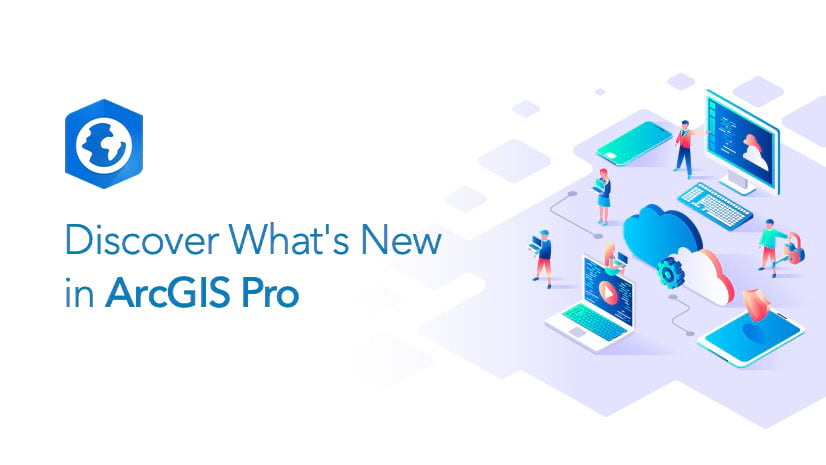

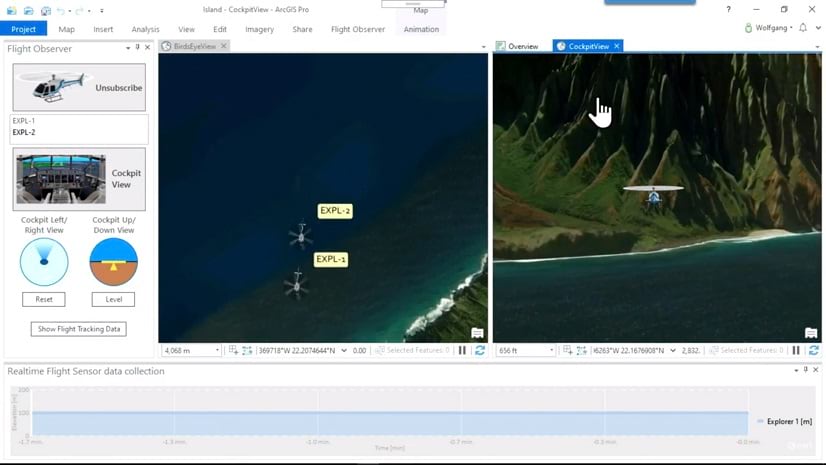
Article Discussion: